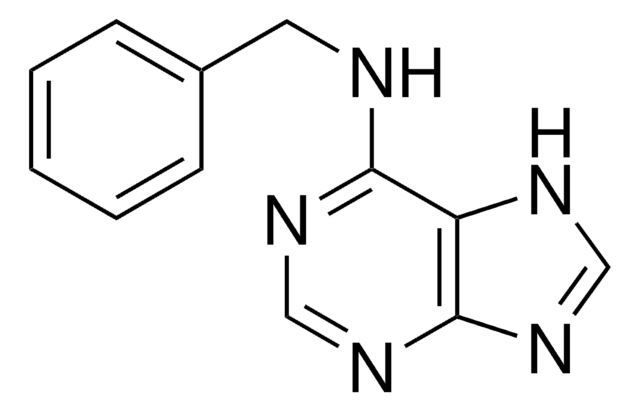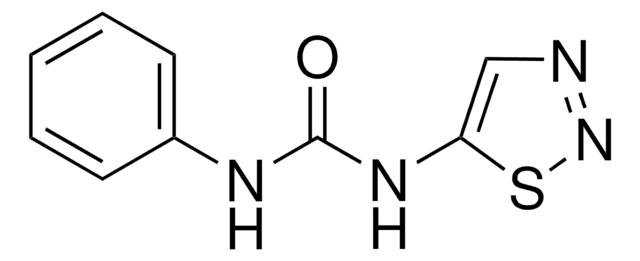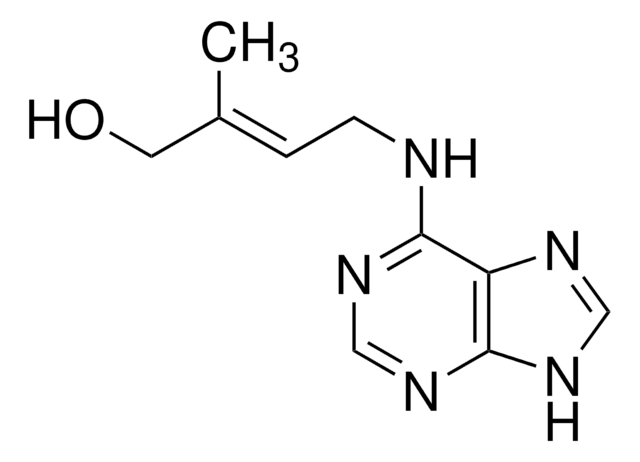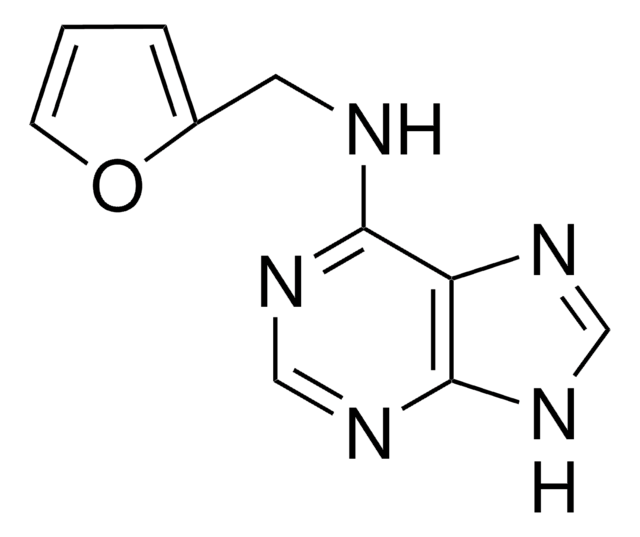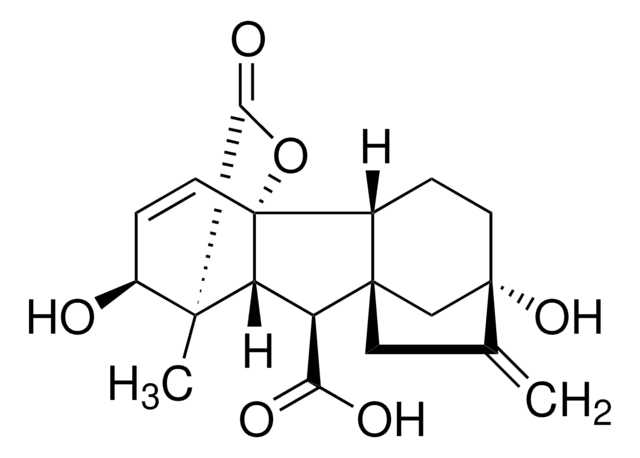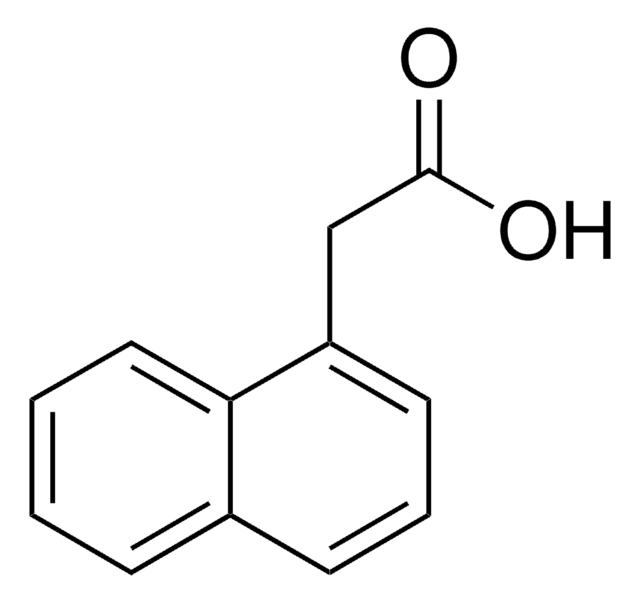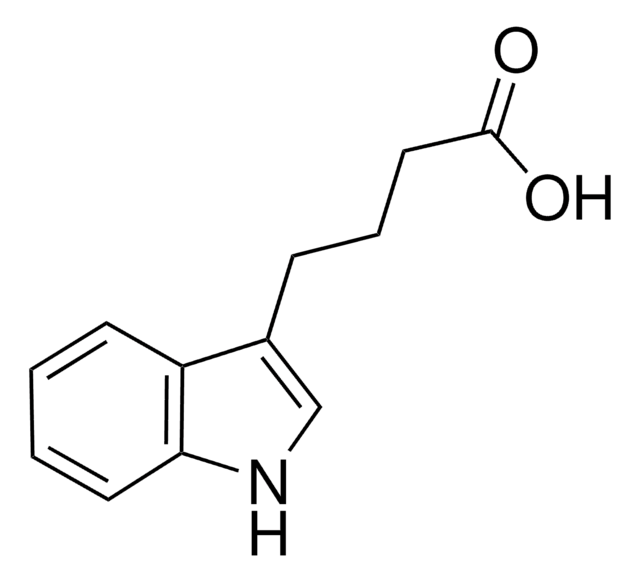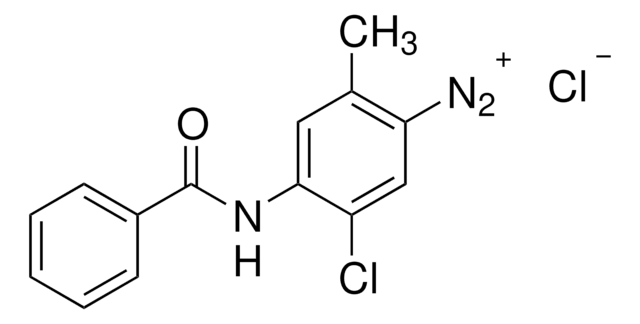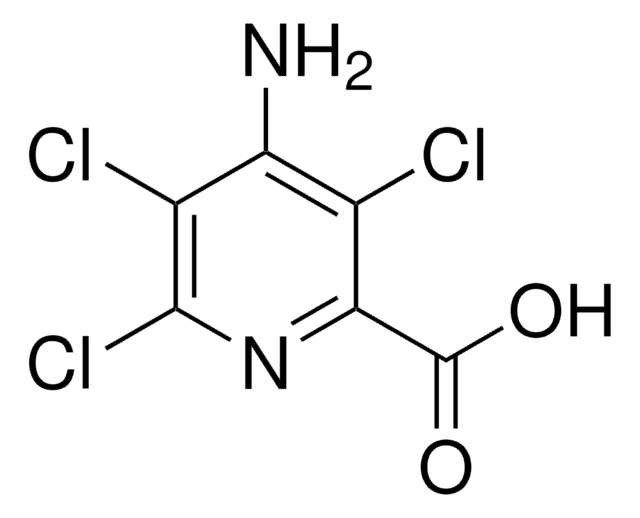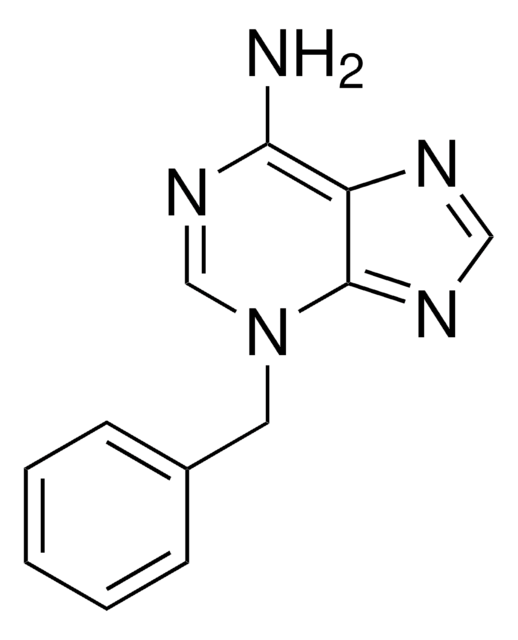P6186
Thidiazuron
BioReagent, suitable for plant cell culture
Sinonimo/i:
1-Phenyl-3-(1,2,3-thiadiazol-5-yl)urea, TDZ
About This Item
Prodotti consigliati
Nome Commerciale
BioReagent
Stato
powder
tecniche
cell culture | plant: suitable
applicazioni
agriculture
Stringa SMILE
O=C(Nc1ccccc1)Nc2cnns2
InChI
1S/C9H8N4OS/c14-9(12-8-6-10-13-15-8)11-7-4-2-1-3-5-7/h1-6H,(H2,11,12,14)
HFCYZXMHUIHAQI-UHFFFAOYSA-N
Cerchi prodotti simili? Visita Guida al confronto tra prodotti
Applicazioni
- as a component of the proliferation medium to test its effect on the proliferation of embryo-like structures obtained from the post-culture of shoot tips
- as a growth regulator in Murashige and Skoog (MS) media to culture the nodal segments of Hyssopus officinalis L. seedlings
- as a cytokinin in induction media to experiment with the hormonal composition
Azioni biochim/fisiol
Confezionamento
Avvertenze
Warning
Indicazioni di pericolo
Consigli di prudenza
Classi di pericolo
Aquatic Acute 1 - Aquatic Chronic 1 - Eye Irrit. 2 - Skin Irrit. 2 - STOT SE 3
Organi bersaglio
Respiratory system
Codice della classe di stoccaggio
11 - Combustible Solids
Classe di pericolosità dell'acqua (WGK)
WGK 3
Punto d’infiammabilità (°F)
Not applicable
Punto d’infiammabilità (°C)
Not applicable
Dispositivi di protezione individuale
dust mask type N95 (US), Eyeshields, Faceshields, Gloves
Scegli una delle versioni più recenti:
Possiedi già questo prodotto?
I documenti relativi ai prodotti acquistati recentemente sono disponibili nell’Archivio dei documenti.
I clienti hanno visto anche
Il team dei nostri ricercatori vanta grande esperienza in tutte le aree della ricerca quali Life Science, scienza dei materiali, sintesi chimica, cromatografia, discipline analitiche, ecc..
Contatta l'Assistenza Tecnica.